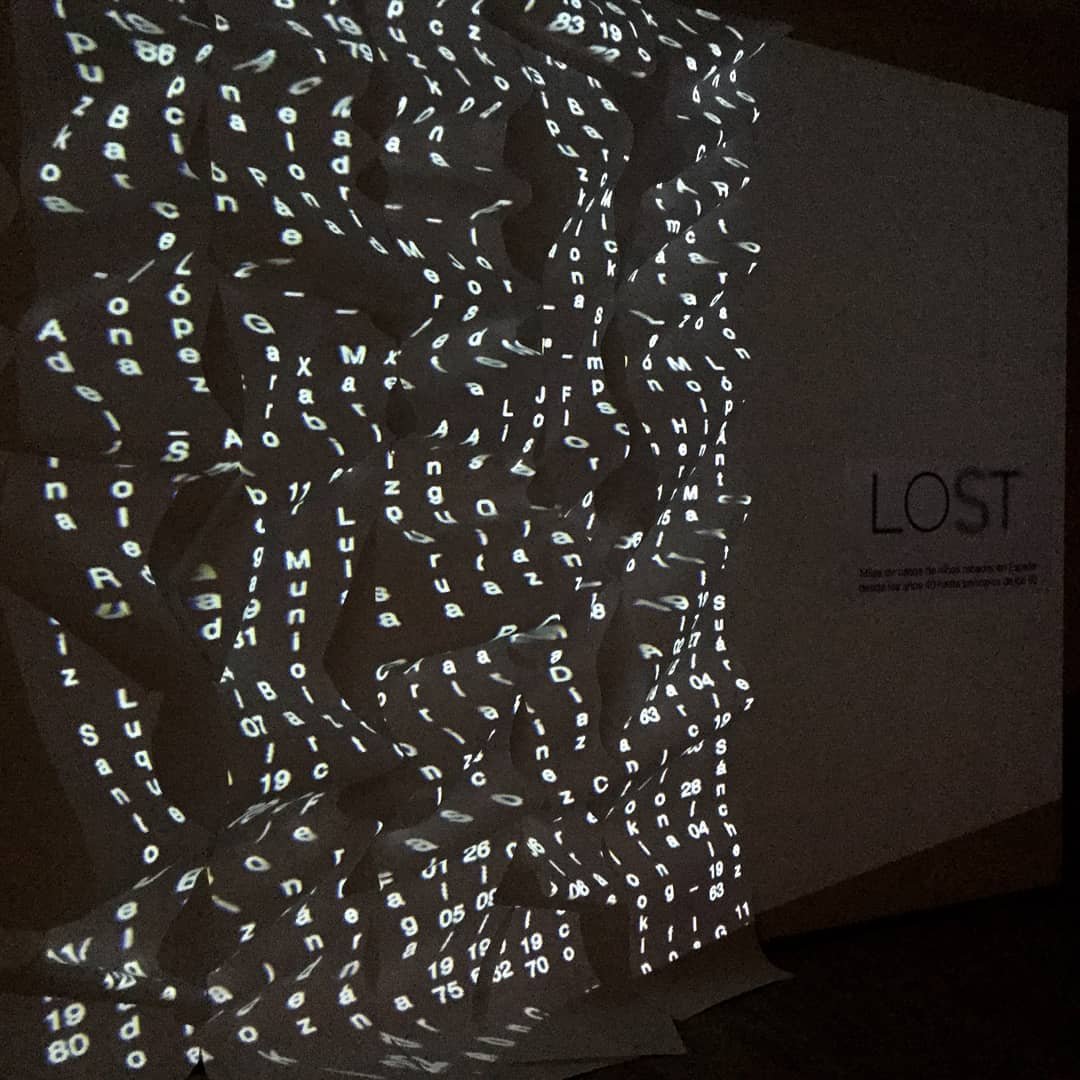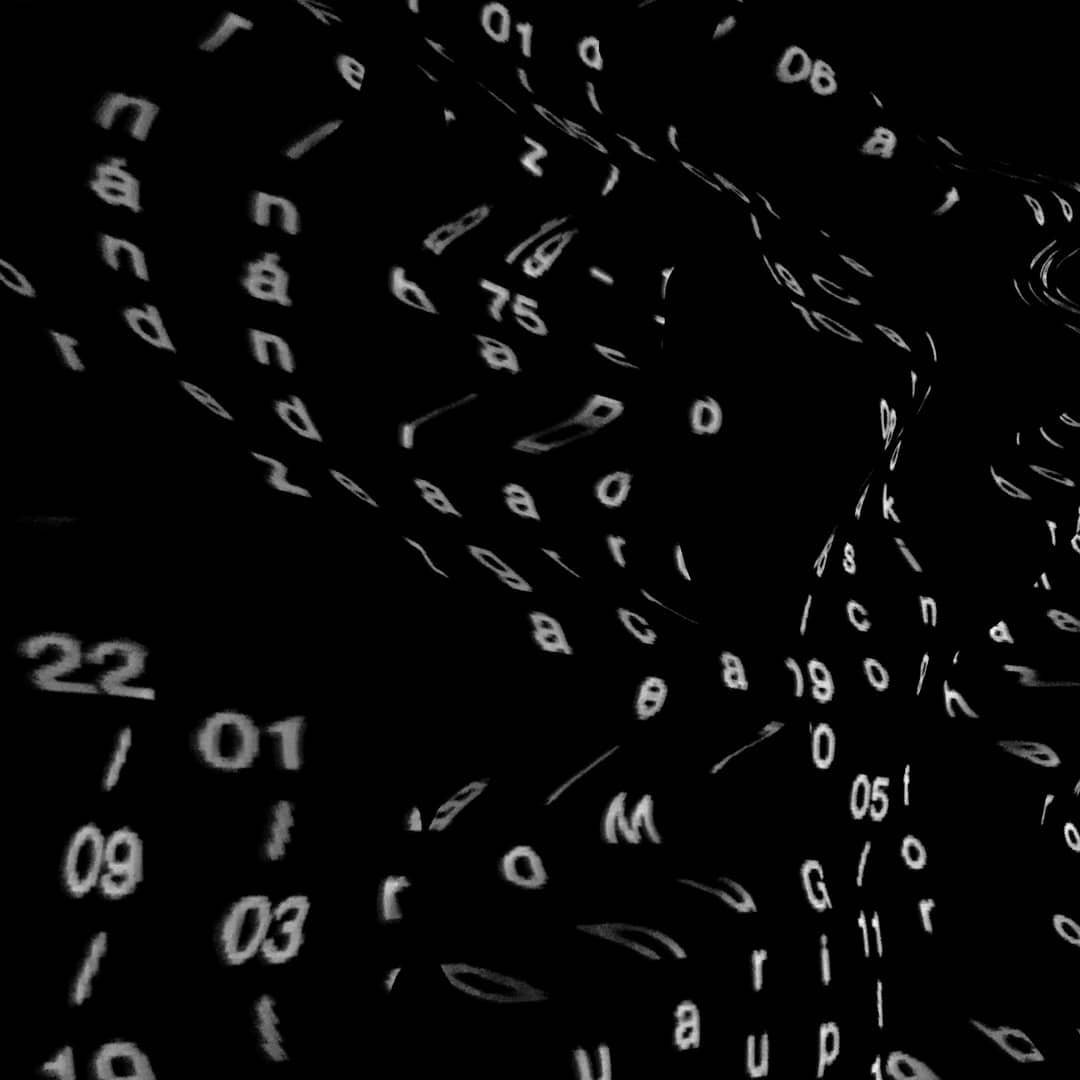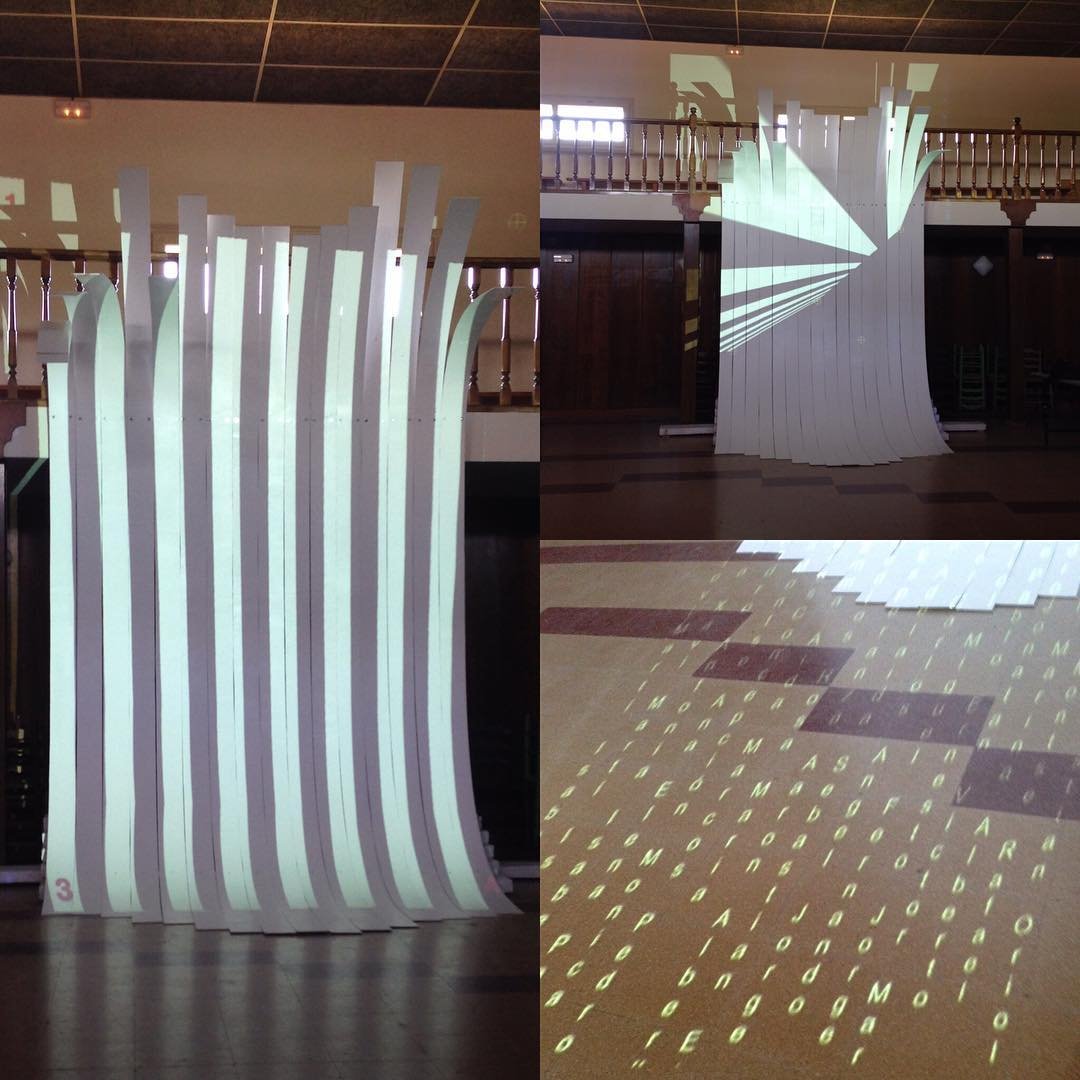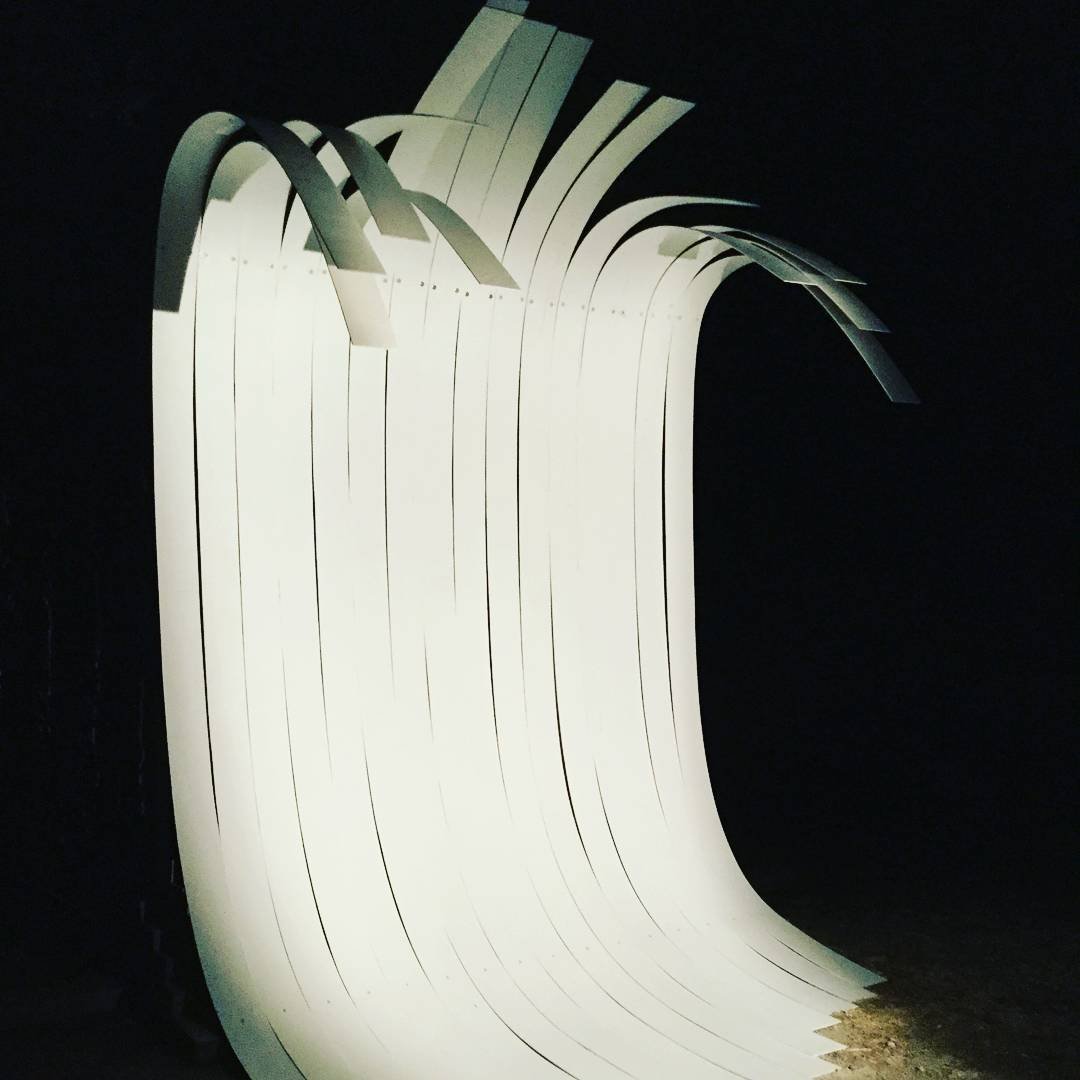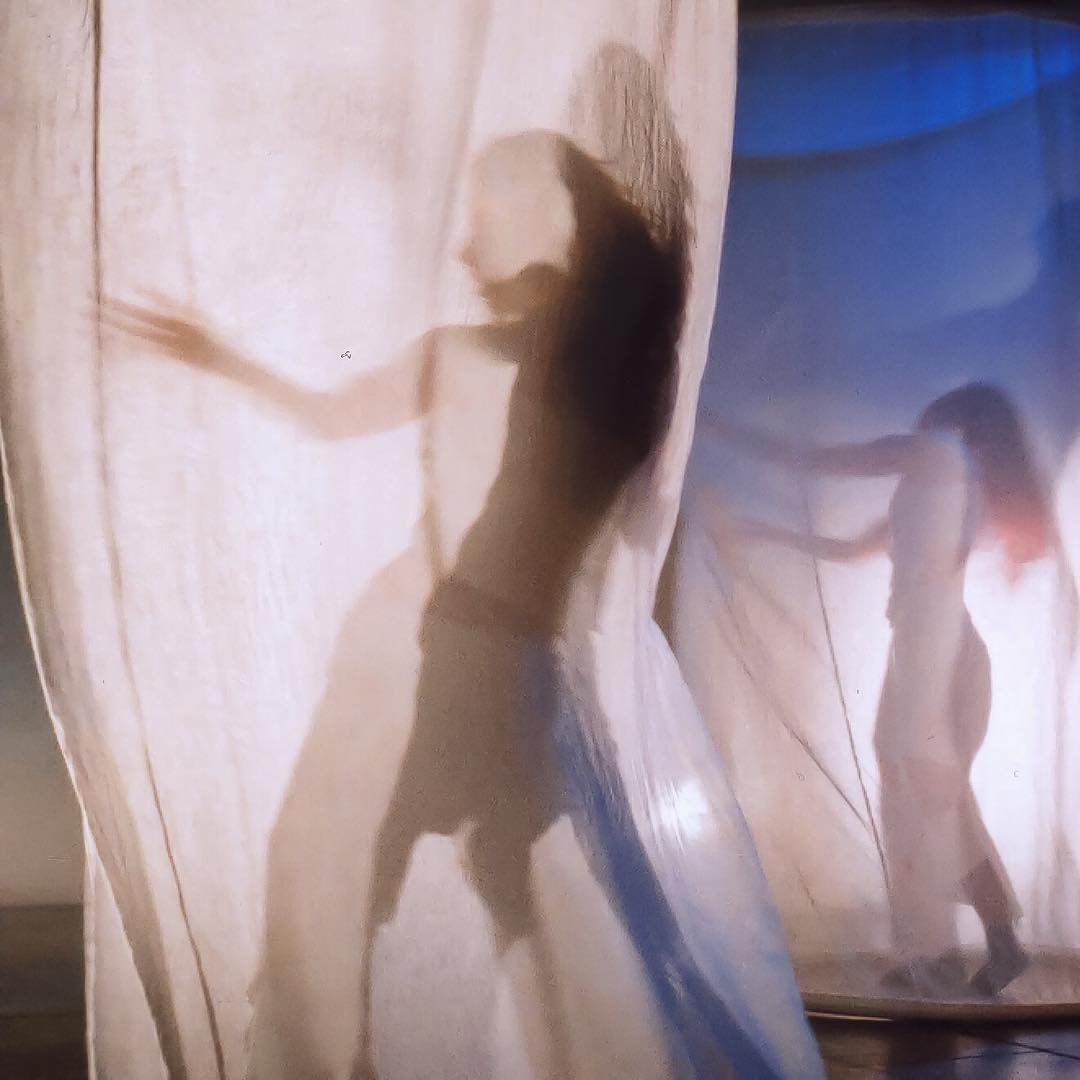Artist in conversation: Rosa Pascual
Rosa Pascual is a socially engaged multidisciplinary visual artist with a passion for exploring the intersections of art, community, and identity. Over the past twenty-eight years, Rosa has cultivated her artistic practice in vibrant cities such as London, Barcelona, Finland, and Berlin. With a background in photography, media studies, scenography, and storytelling, Rosa's work encompasses a conceptual and visually captivating approach. She has delved into various mediums, ranging from installations to video-dance and live performances.
Driven by a desire to collaborate and expand artistic horizons, Rosa founded the Art Collaboratif platform seven years ago. This initiative focuses on collaborating with other artists and art forms, fostering growth and discovery through shared experiences. As her career has evolved, Rosa's projects have increasingly revolved around socially engaged work, aiming to empower communities and foster collective creativity. By inviting participation and connection, regardless of gender, age, or background, Rosa creates spaces for meaningful dialogue and expression.
Instagram | Website | LinkedIn
What initially inspired you to become an artist, and how did you develop your unique style?
I felt drawn to image, sound and movement from a very early age. Initially through dance as a toddler and then in my adolescence through photography and video, and later on through theatre, space and storytelling. Combining them all allows me to express my artistic self and explore new possibilities of a more diverse sensory engagement. That led into a search of purpose as fulfilment by reaching out and wanting also to connect to non-artistic audiences which has resulted in a very cathartic process.
In terms of subject matter, what themes or motifs do you frequently explore in your work, and what draws you to these topics?
I easily connect to socially driven issues from a psychological and inner-self point of view. It appeals and calls me to action which in return, turns into a call for action for the audience. Art offers me the frame where I can poetically express quite poignant and controversial issues opening the possibility of a dialogue with the public. It gives me the opportunity to pose uncomfortable questions, primarily self-questioning as a way to social change induced by personal change.
Can you discuss a specific piece or project that challenged you as an artist, and how you overcome those challenges?
Self by Choice which is a project based on the neuroscience of body image, self-worth and identity at a cross-generational level. It was crucial to get the science right and being adequate on this very delicate topic when interviewing case studies. I realised from the very beginning that I had to collaborate with professionals in each subject and keep presenting and discussing with them the different stages of the research and development process. Another delicate matter was keeping full anonymity when using parts of the recorded audio from the interviews for a sound installation, always with individual consent, by leaving names out and using voice-overs in some cases. The same would apply to the piece I am presenting in this occasion, LOST in video-art format, which is based on the adoption scandal that took place between the late 30’s and early 90’s in Spain, where single mothers were told their born babies were dead while being sold to families who were more proFranco Regime favourable. Once again, with signed individual consent since I was dealing with extremely personal data of names, dates and location.
How do you stay connected with other artists and keep up with new developments and trends in the art world?
The nature of my work has always been very collaborative with other artists, different art forms, and lately even disciplines such as psychologists or neuroscientists which helps looking at things from a very different interests and views. Another source of inspiration is collaborating with digital artists and applying new technologies which opens up a whole new world of exploring, expressing and communicating. Residencies also offer a great opportunity to open up views, topics and approaches.
How do you incorporate feedback from critics and audiences into your artistic practice, and how do you balance this feedback with your own artistic intuition?
For the last few years my work has been steering towards more interactive and participatory projects. So testing as many times as possible and getting feedback from professionals as well as members of the audience has proven crucial for the development of the narrative and experiential journey. It has also been eye-opening since unexpected answers and results have popped up. Listening, modifying accordingly and testing again keeps proving to be the way forward in order to improve the effect and impact of my work.
How do you stay motivated and inspired despite any setbacks or creative blocks you may encounter?
Drawing from a personal and emotional connection to each project and being driven by the possibility of offering agency and change keeps my will very much alive. When creative blocks occur diving into research, data, visual and semantic links to key words as well other projects with similar topic helps connecting to the next step.
Can you tell us about the role that mental health plays in your creative process and how it influences the themes and subject matter of your art?
Mental health is something that I am very familiar with first hand, so it is paramount that I sustain a levelled physical, mental and emotional estate while being in the creative process of digging deep into the emotional realm of emotions, concerns, issues and behavioural patterns of my work topics. The focus when I approach and deal with them is towards understanding, acceptance and compassion to self and others.
How do you hope your art sheds light on mental health issues and contributes to the larger conversation around mental health awareness and advocacy?
Working on themes with obvious mental health concerns around them directly highlights my hope and desire to reach out and connect so they can be shared, discussed and thought through; almost activist like. My research is driven by finding and connecting dots and points of dialogue translated into a sensory journey with the intention of bridging and pointing at possible doors to change and agency.
How do you feel about exhibiting your artworks with The Holy Art Gallery?
I feel very excited and honoured to have this opportunity of reaching new audiences and new territories as a group while feeling guided and supported by the team who also take all the pressure off your shoulders so I can focus on being creative and my work. It is also an opportunity to connect with other fellow artists, their work and possible future collaborations.
Looking ahead, what are your long-term goals and aspirations as an artist, and how do you plan to achieve them?
My work is very personal and social justice driven, so my biggest achievement with each project would be to have a national and international repercussion that can hopefully have an impact in policy making institutionally and governmentally, as well as in the health and educational systems when relevant to each dealt issue. This would be my ultimate goal while changing the mass perspective of contemporary art and its stereotypes and offering a more democratising approach where content, creative process and agents merge.
Scan to find out more about the amazing
Rosa Pascual!



